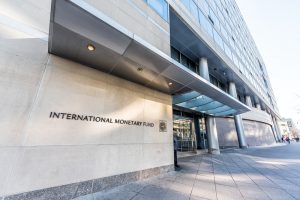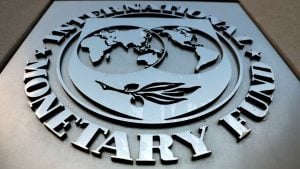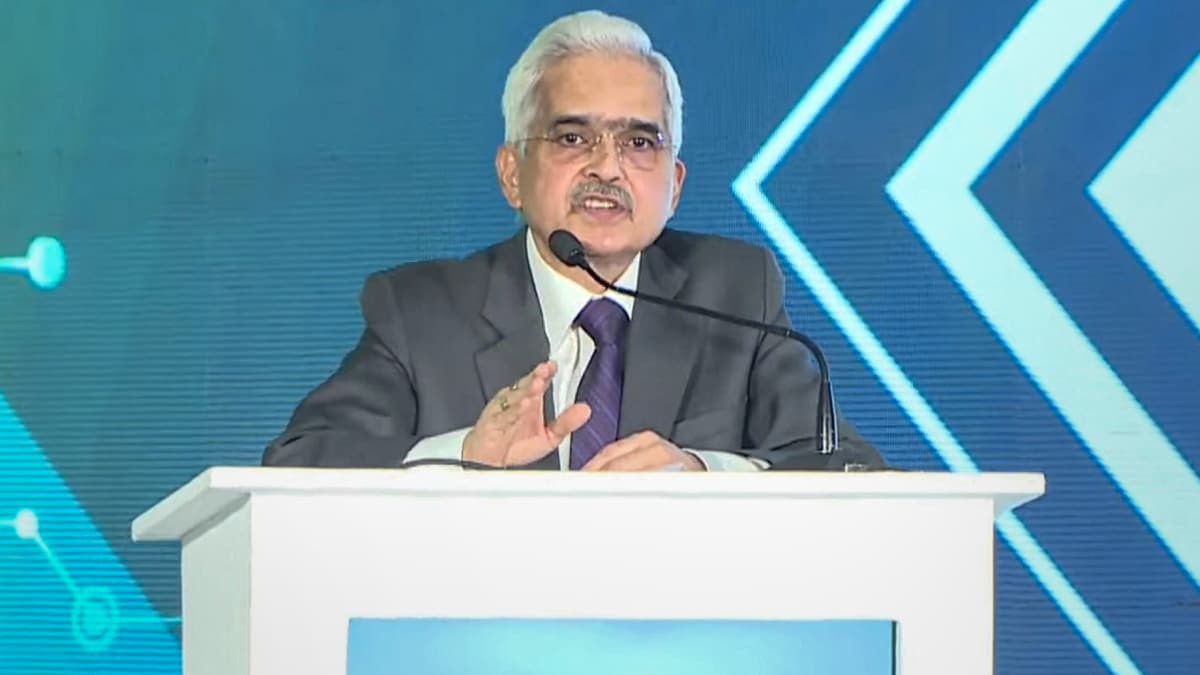Digital Competition Act — It’s all about a fresh change in Competition Law to regulate digital markets

KV Prasad Jun 13, 2022, 06:35 AM IST (Published)
 Listen to the Article (6 Minutes)
Listen to the Article (6 Minutes)
Summary
In this evolving techno-legal paradigm, Report of the Parliamentary Standing Committee (PSC) on Finance on ‘Anti-Competitive Practices by Big Tech Companies’ holds promise to bring a paradigm shift in regulating digital markets.
In a globally competitive economy, technological innovation and the narratives they construct are critical to how enterprises cater to their customers or consumers while at the same time complying with regulatory requirements. This presupposes a delicate balance between adopting healthy market practices and taking care of critical stakeholders such as consumers and regulators. Since competition law prohibits anti-competitive practices which negatively impact both incumbent competitors and consumers, the Competition Act, 2002 is often referred to as the ‘de facto consumer protection law’.
This philosophy is now deeply rooted into the digital ecosystem, where with the advent of newer forms of business models, interface of such companies with consumers is on the rise, which inevitably has consequences from a competition law standpoint.
As a case in point, consumers engage with such service providers on a frequent basis ranging from ordering food from online delivery applications through Zomato or Swiggy, executing financial transactions through PayTM, PhonePe or Google Pay, utilising digital cab aggregators like Uber and Ola and engaging in Business to Consumer (B2C) transactions through electronic commerce platforms such as Amazon and Flipkart, among others.
While on the one hand, the aforesaid innovative business models are a testament to ‘dynamic competition’ tracing its roots to the renowned economist, Joseph A. Schumpeter, on the other hand, there is an emerging trend of digital platforms preferring their own services (self-preferencing), engaging in deep discounting practices, among others and becoming repositories of consumer and business data thereby providing them an opportunity to exploit the data in an anti-competitive manner.
In this evolving techno-legal paradigm, Report of the Parliamentary Standing Committee (PSC) on Finance on ‘Anti-Competitive Practices by Big Tech Companies’ holds promise to bring a paradigm shift in regulating digital markets.
The PSC Report emphasises upon ten anti-competitive practices which have gained traction in the digital ecosystem. However, such practices ought to be understood in light of key attributes of the digital ecosystem such as network effects (more users on the platform based upon the utility of the same) and ability to scale quickly complemented by diminishing marginal costs proportionately with the growth of the business, which contributes to tipping the market in the favor of selected companies in the digital ecosystem. This, in turn, has the potential to generate entry barriers and eliminate innovative start-ups from the market, acquiring potential smaller competitors, or using advantage in one market to enter another. Accordingly, the PSC Report aptly refers to such markets as ‘winner-takes-all-markets’.
More specifically, the PSC Report emphasises upon various anti-competitive practices. It The PSC Report articulates about ‘anti-steering provisions’ wherein app stores prevent their users from opting out of the platform and using alternative payment applications, thereby reducing competition in the digital payment markets.
Similarly, the PSC Report denounces the practice of self-preferencing, wherein digital platforms not merely serve as platforms for outside businesses but also for their parent companies to list different applications and such applications get more preference. Hence, the principle of platform neutrality is advocated. Thirdly, the practice of ‘bundling and tying’ has been highlighted upon. As an illustration, the PSC Report mentions how online food delivery apps impose mandatory conditions on restaurants to utilise their delivery services thereby limiting choices for consumers.
Fourthly, the PSC Report makes explicit reference how companies in the digital ecosystem can obtain monopolistic control over consumer and business data by virtue of them being digital repositories of the same and through the usage of algorithms such data is utilised by firms to leverage and skew market predominance in their favour.
The PSC Report also highlights how possession of data by enterprises in the digital markets leads such platforms to engage in search preferences to select products or services, restricting third party applications on digital platforms, and usage of artificial intelligence or machine learning to influence advertising policies. Moreover, it has been observed that electronic commerce platforms have often engaged in deep discounts and not giving sellers the chance to set prices.
Further, companies in the digital space often engage in dynamic pricing by monitoring consumer demand and preference and increasing prices when demand is increasing. The PSC Report also mentions how companies in the digital environment can engage in acquiring smaller companies without being subject to merger control rules.
After taking industry representations from diverse stakeholders such as big technology companies like Google, Amazon, Apple, Meta, Uber and Microsoft along with Ministry of Corporate Affairs, the PSC Report largely argued in favour of established rules of conduct to cater to the peculiarities of the quick scaling of digital markets. One of the other key recommendations has been to classify as Systematically Important Digital Intermediaries (SIDI) those digital market players in whose favour the market has tipped and having potential to engage in anti-competitive behaviour.
Such classification ought to be on the basis of market capitalisation, revenues and active business and end users. In the spirit of transparency, the PSC Report has recommended for adoption of a legislative definition of SIDI and after such designation, the SIDI must submit to CCI a detailed report on how necessary compliances have been made aside from publishing a non-confidential version on their website. With regard to anti-steering provisions and bundling, the PSC Report recommends prohibition of such practices in favour of healthy market competition.
Further, with regards to data monopolisation, the PSC Report explicitly recommends that a SIDI must not process, combine, cross-use, or sign in end user data without consent, wherein there is separation from core and non-core services in the interest of an equitable competitive scenario for all market players concerned.
Similarly, for business data, the PSC Report advocates for non-use of data not available in public domain. With regards to mergers and acquisitions, it has been emphasised that regardless of the notifiability of the transaction, the parties must intimate to CCI any transaction where there could be intended concentration. Further, practices such as deep discounting and exclusive tie-ups are recommended to be completely discouraged in the interest of free and fair competition. The PSC report also recommends removal of restrictions with regards to installation of third party applications on digital platforms with the exception of data being transferred to a foreign government.
Based on the aforesaid analysis, the PSC Report has therefore recommended ex-ante regulation (enforcement of laws by laying down prior code of conduct) as opposed to the existing regime of ex-post enforcement (enforcement of laws after the occurrence of the conduct).
Presently, the Indian competition law regime works upon the principle of ex-post regulation for anti-competitive agreements and abuse of dominance and ex-ante regulation is applicable for mergers and acquisitions. The recommendations of the House Panel will go a long way in heralding a paradigm shift in regulating competition in digital markets.
— The author, K D Singh, is Director, Competition Commission of India & Amrit Subhadarsi, and Assistant Professor (Law) at School of Law, KIIT. The views expressed are personal.

Elon Musk forms several ‘X Holdings’ companies to fund potential Twitter buyout
3 Mins Read
Thursday’s filing dispelled some doubts, though Musk still has work to do. He and his advisers will spend the coming days vetting potential investors for the equity portion of his offer, according to people familiar with the matter

KV Prasad Journo follow politics, process in Parliament and US Congress. Former Congressional APSA-Fulbright Fellow










 Listen to the Article
Listen to the Article  Daily Newsletter
Daily Newsletter











